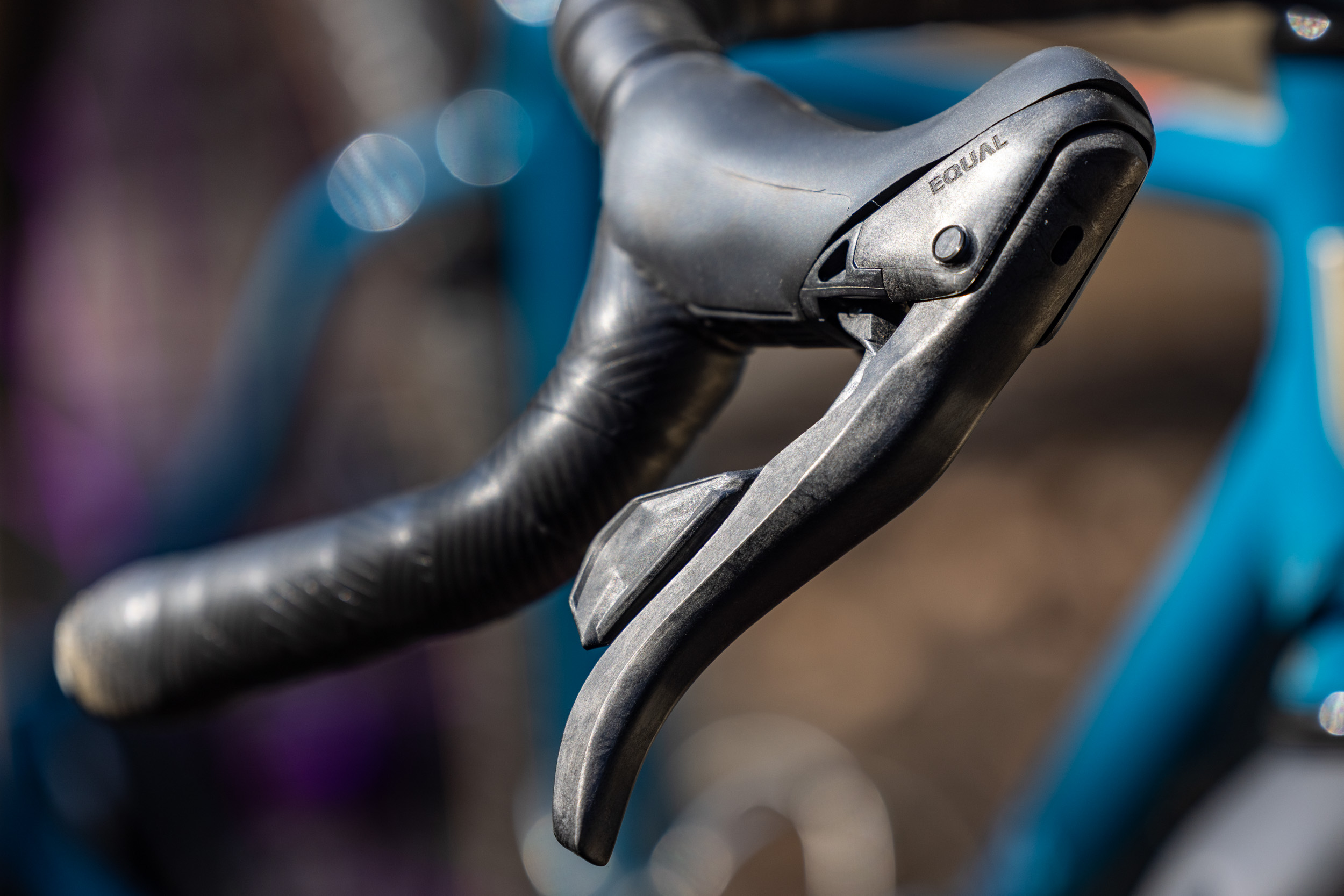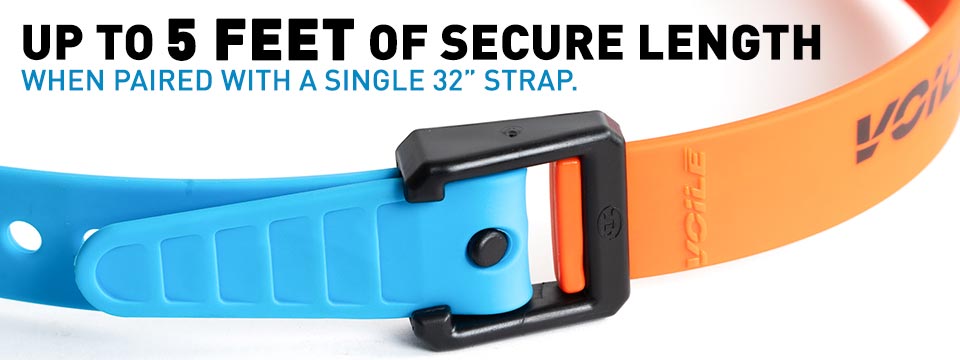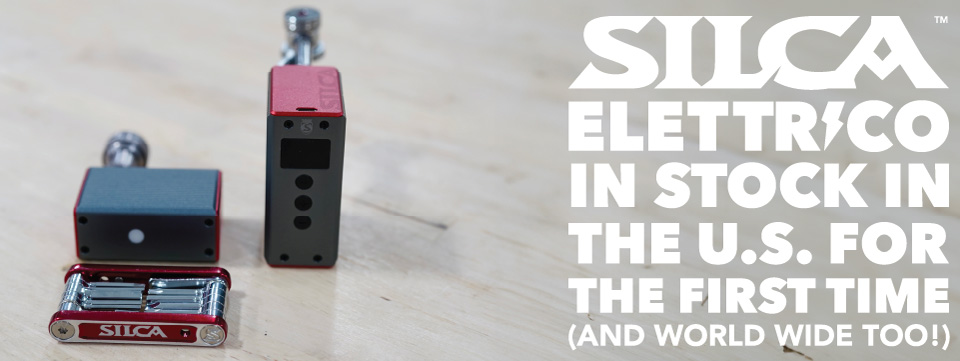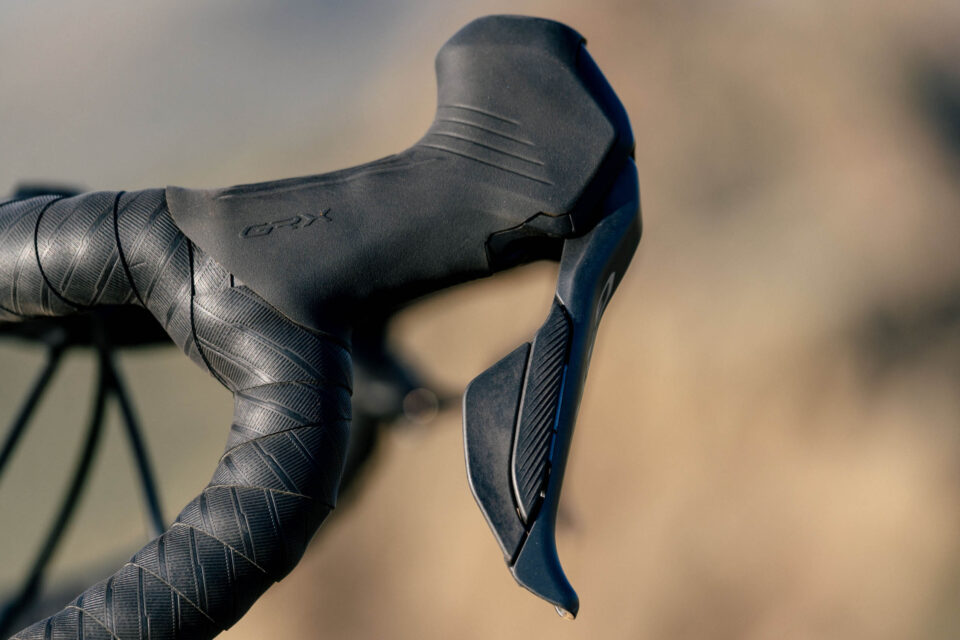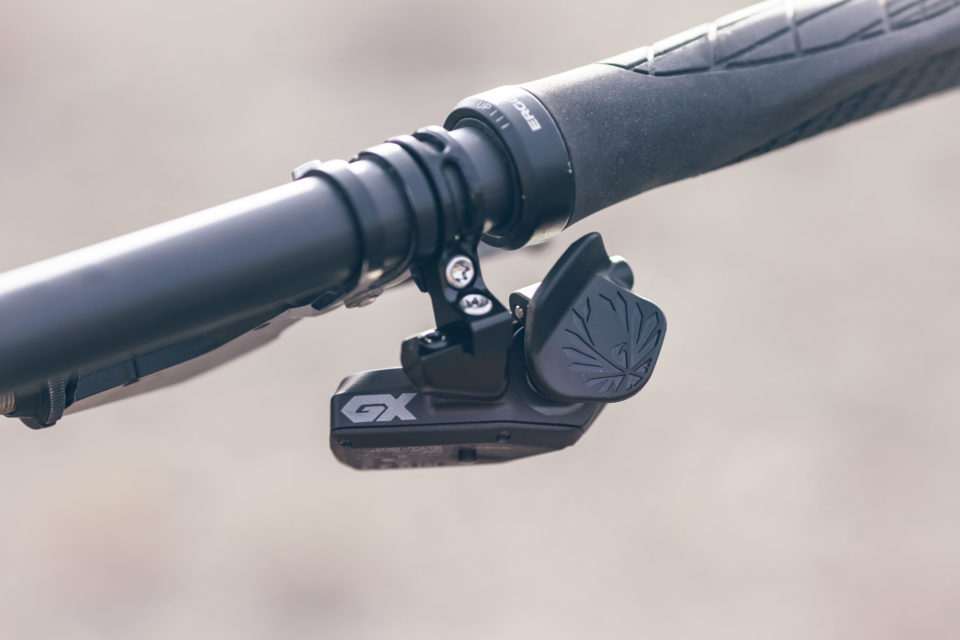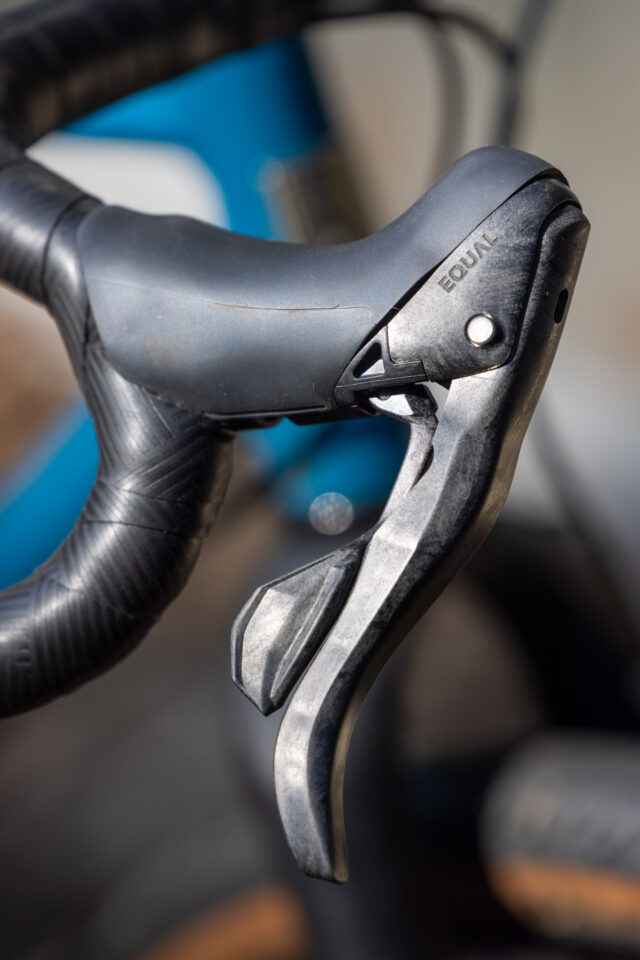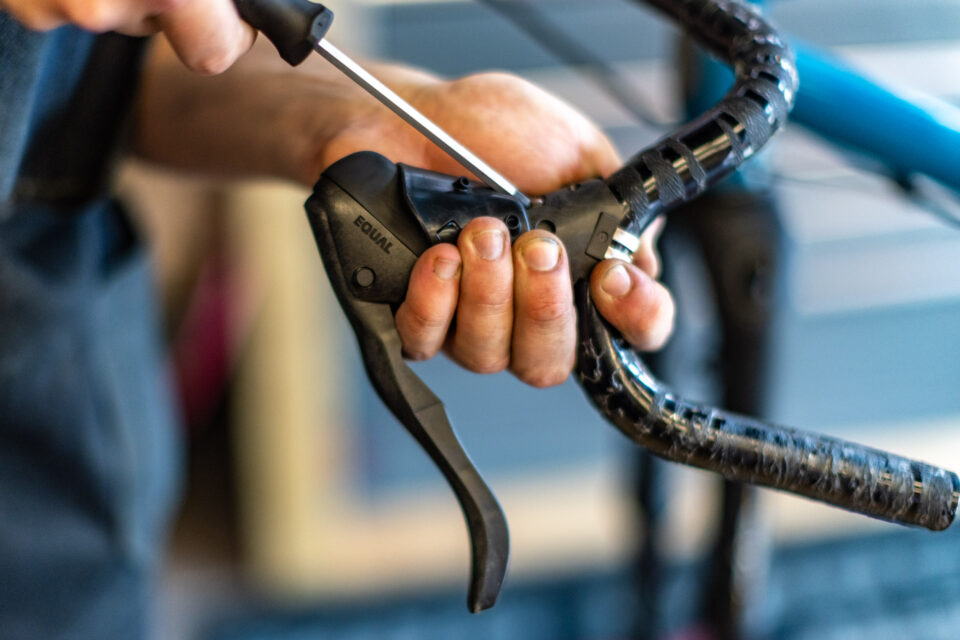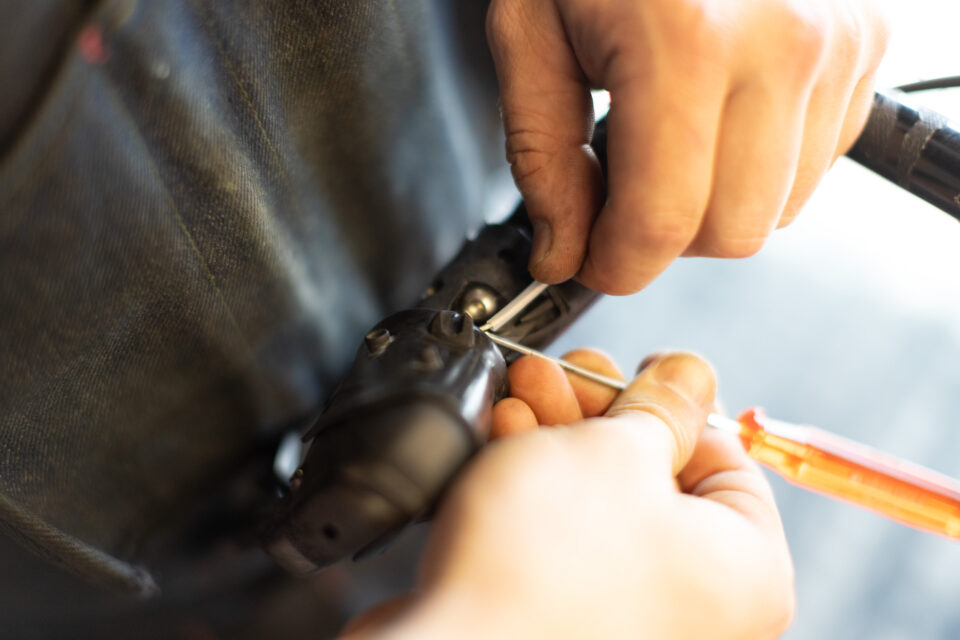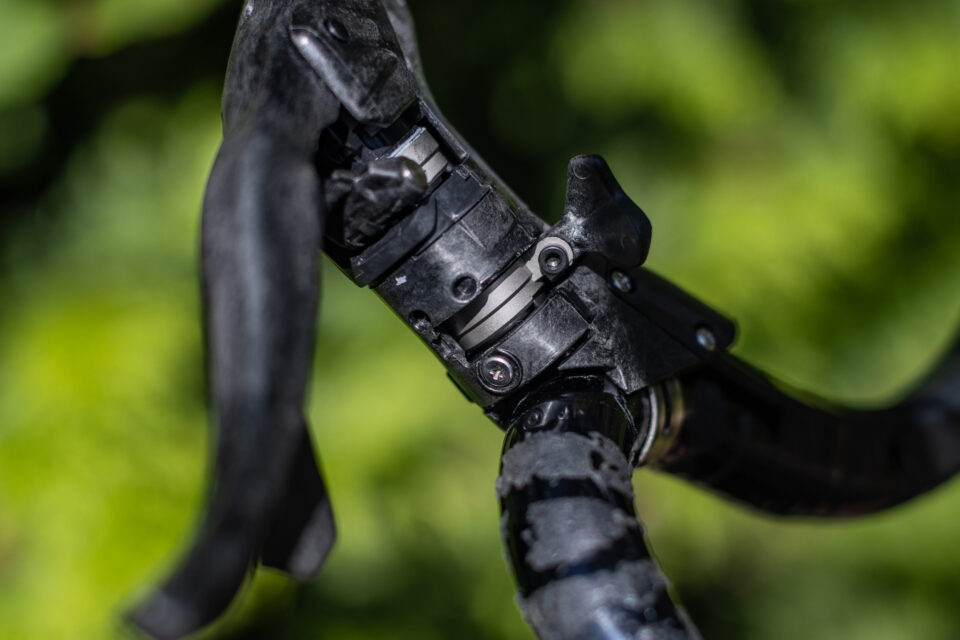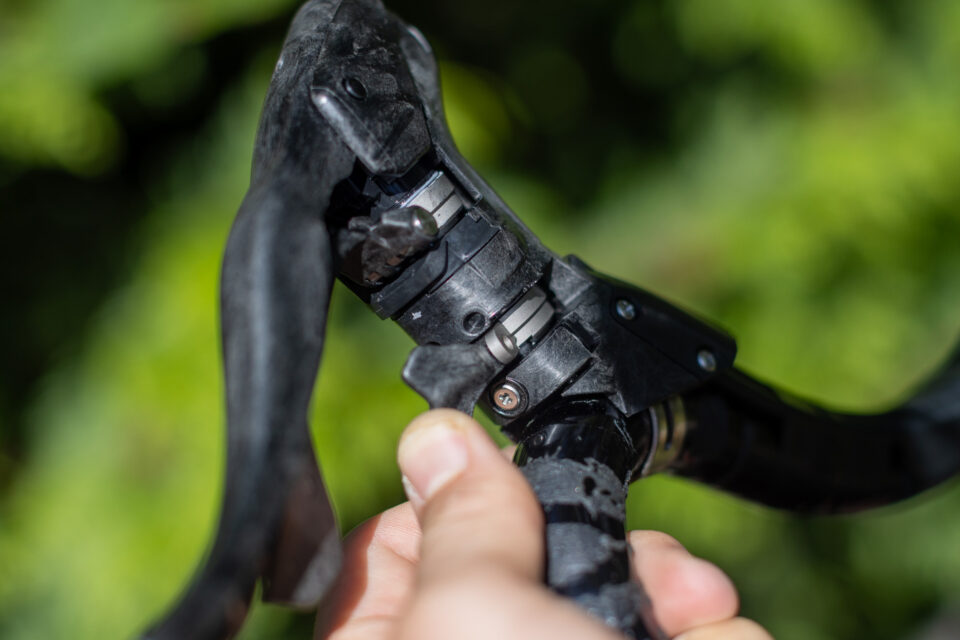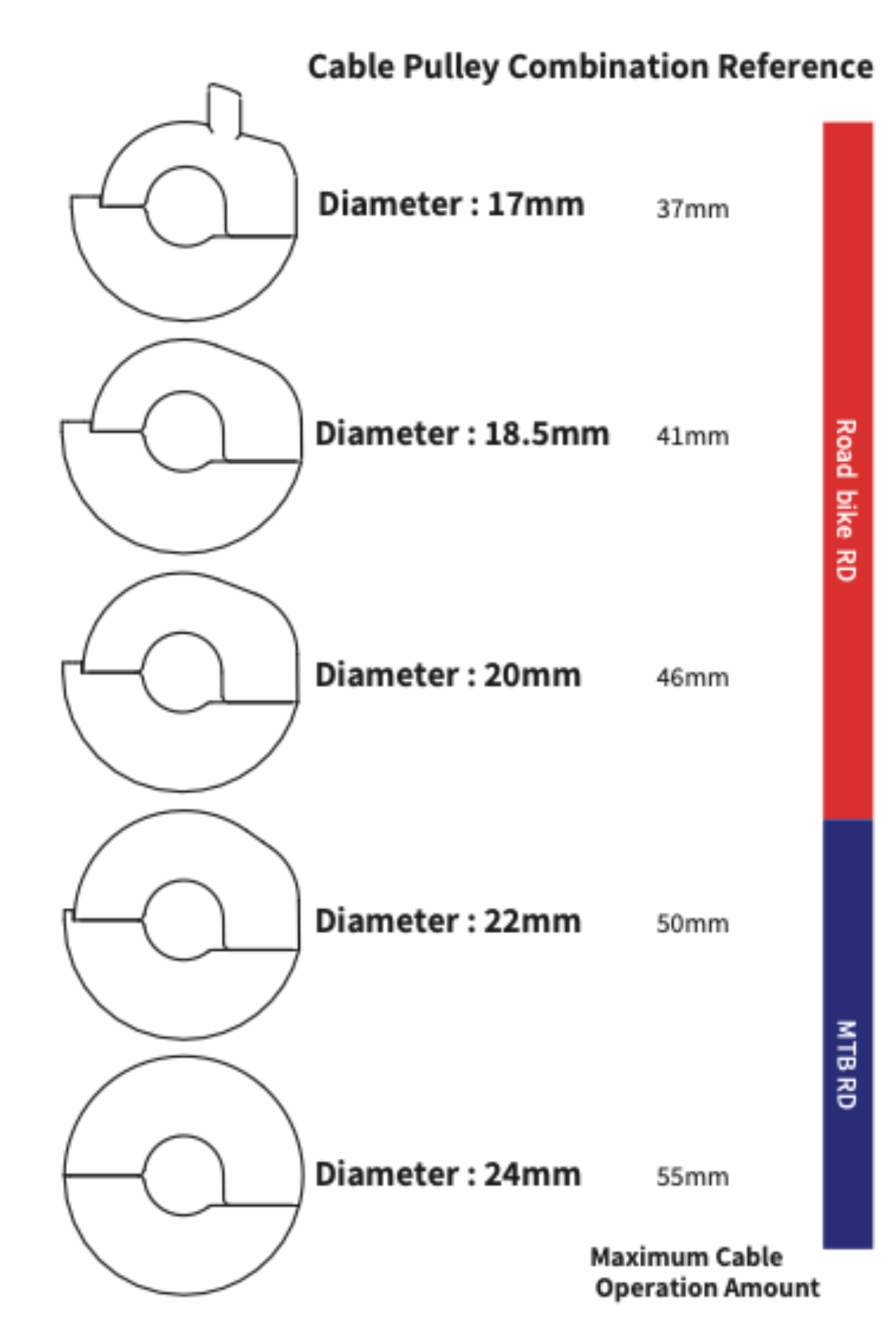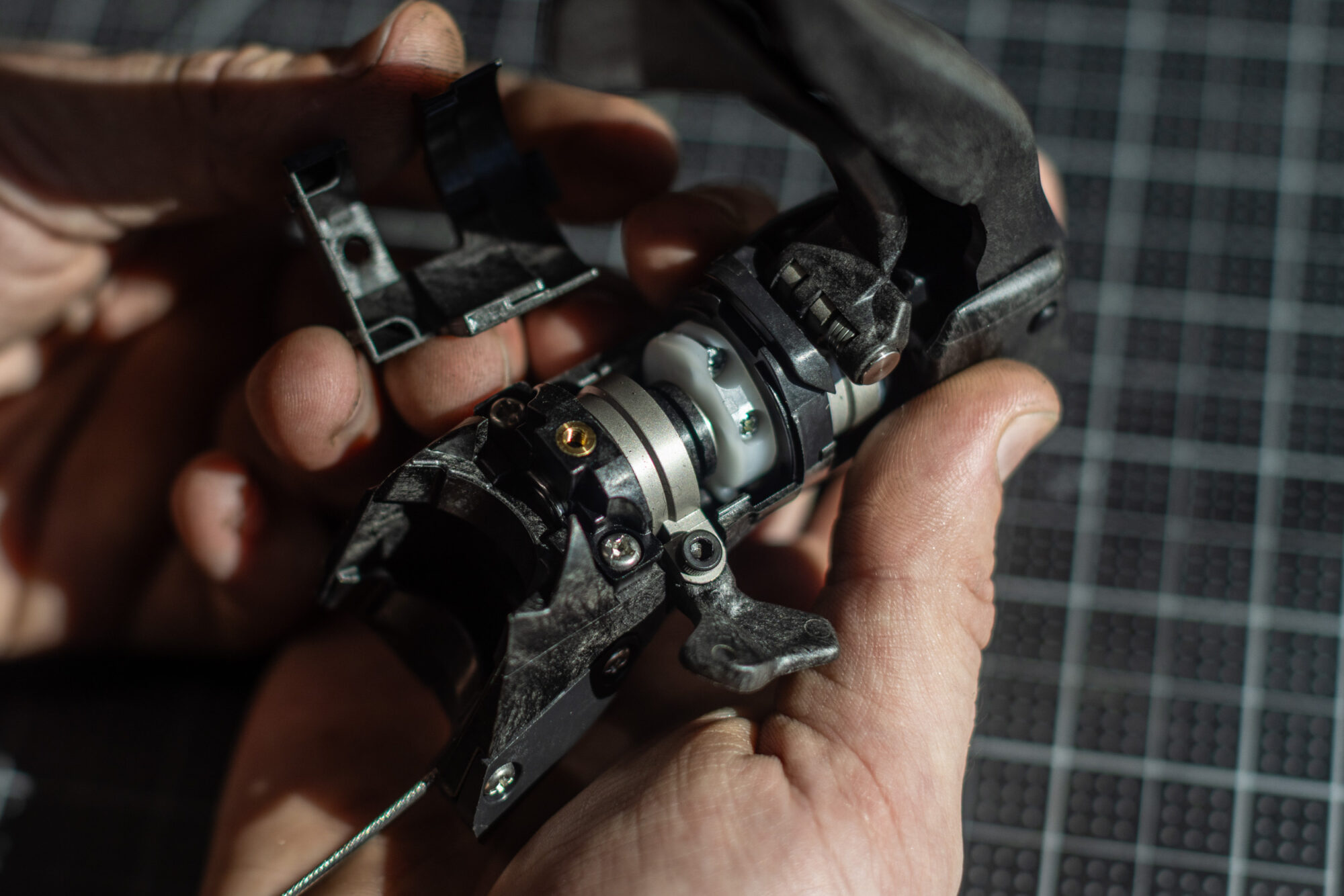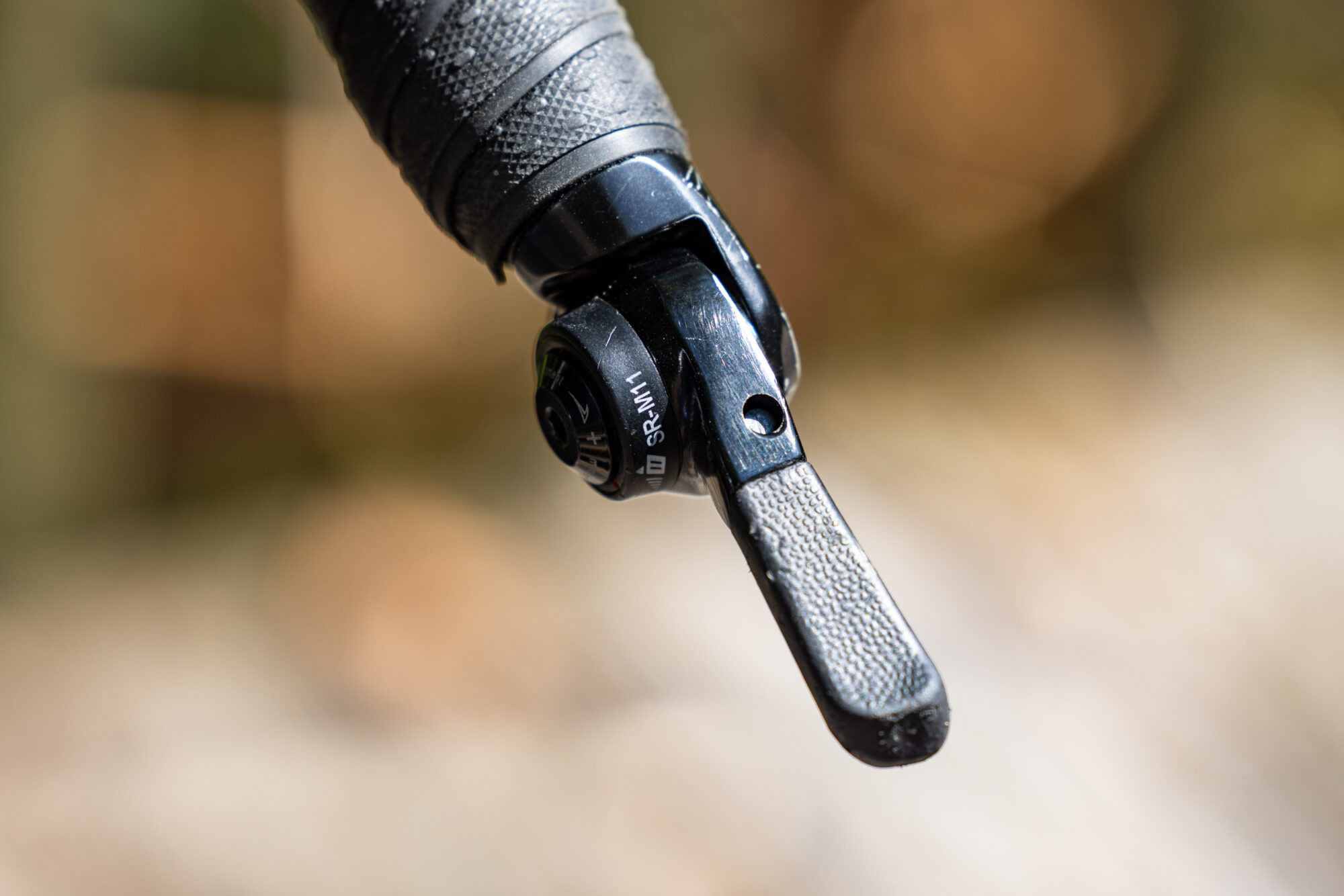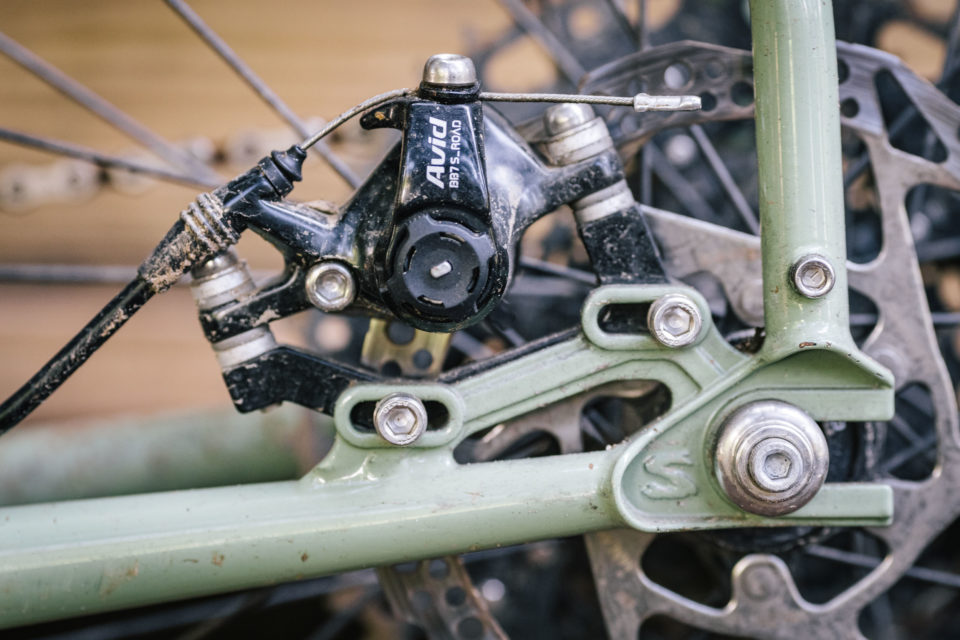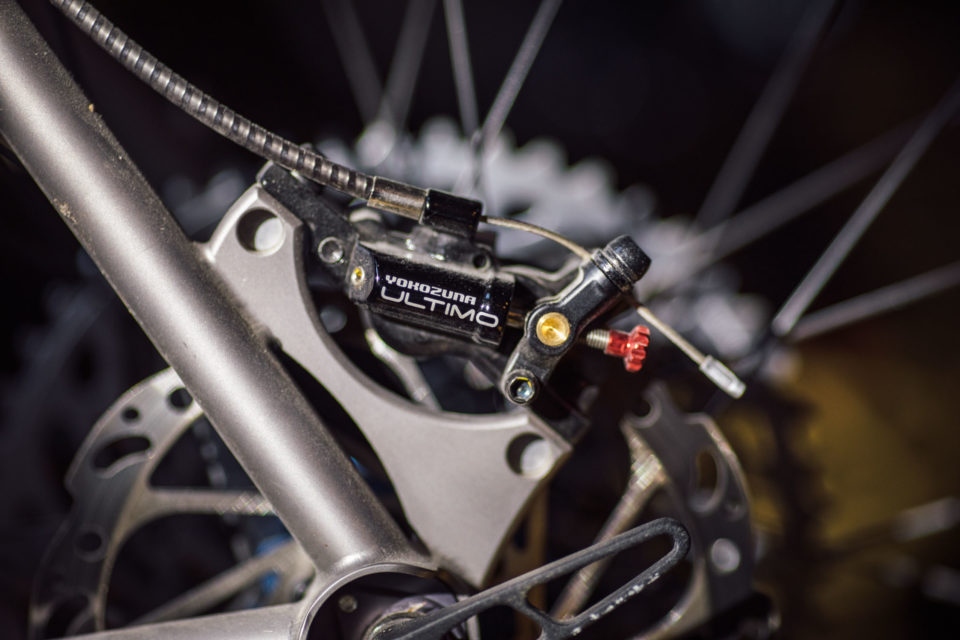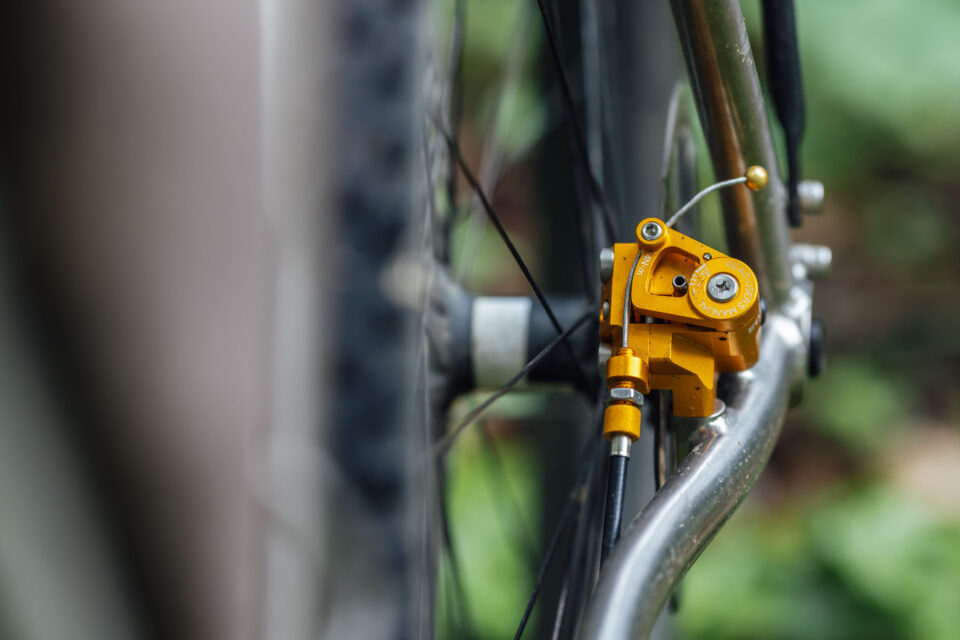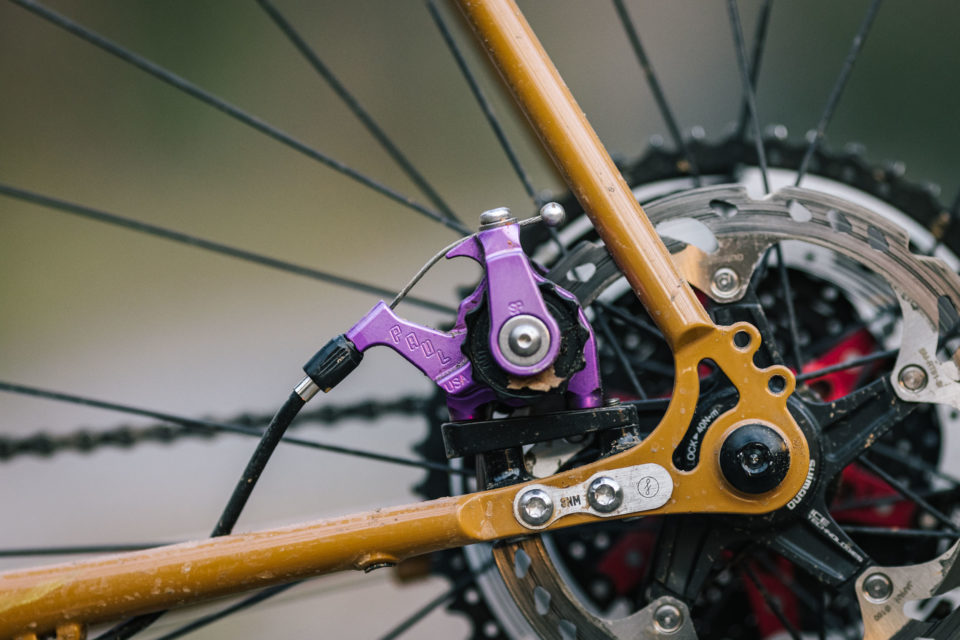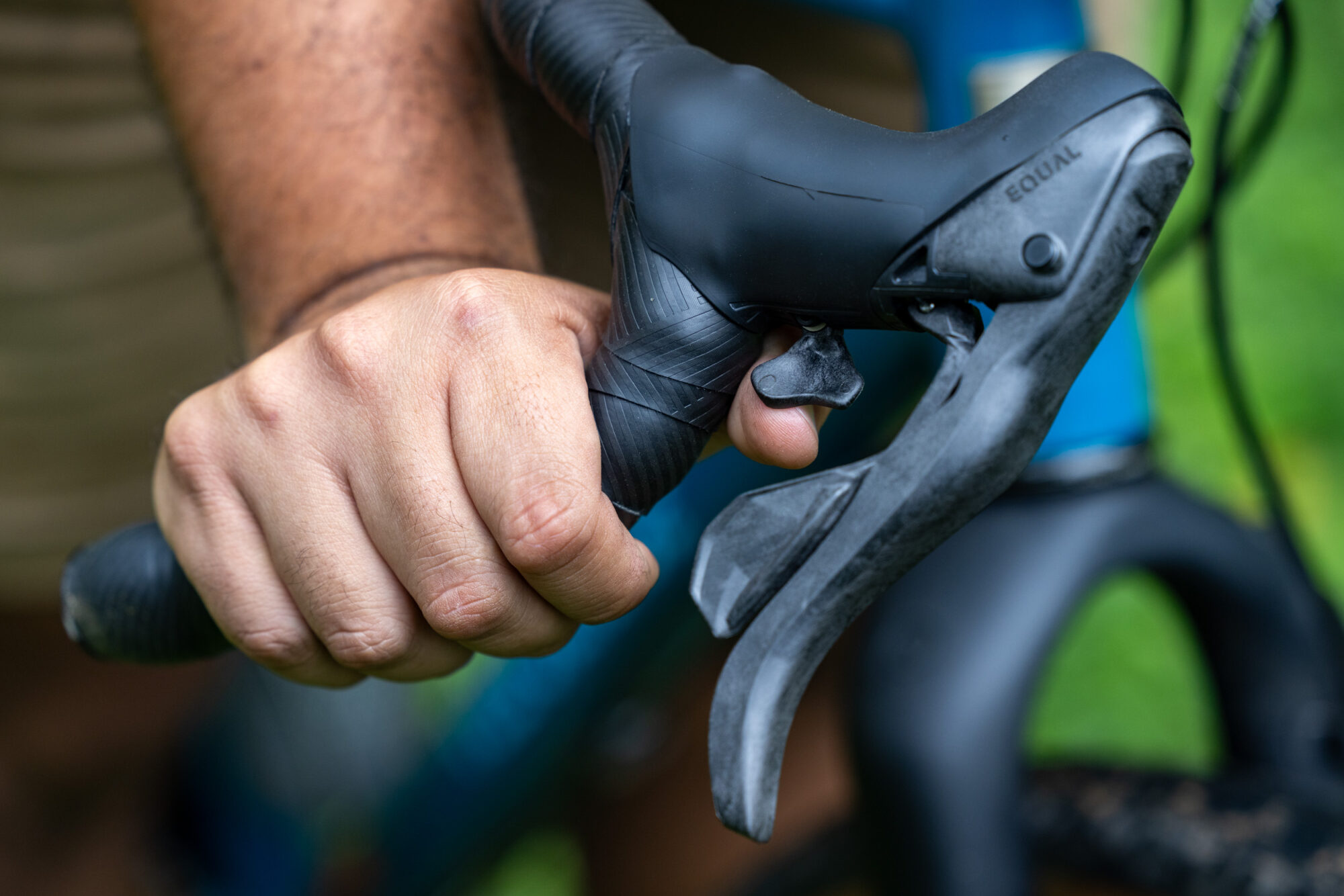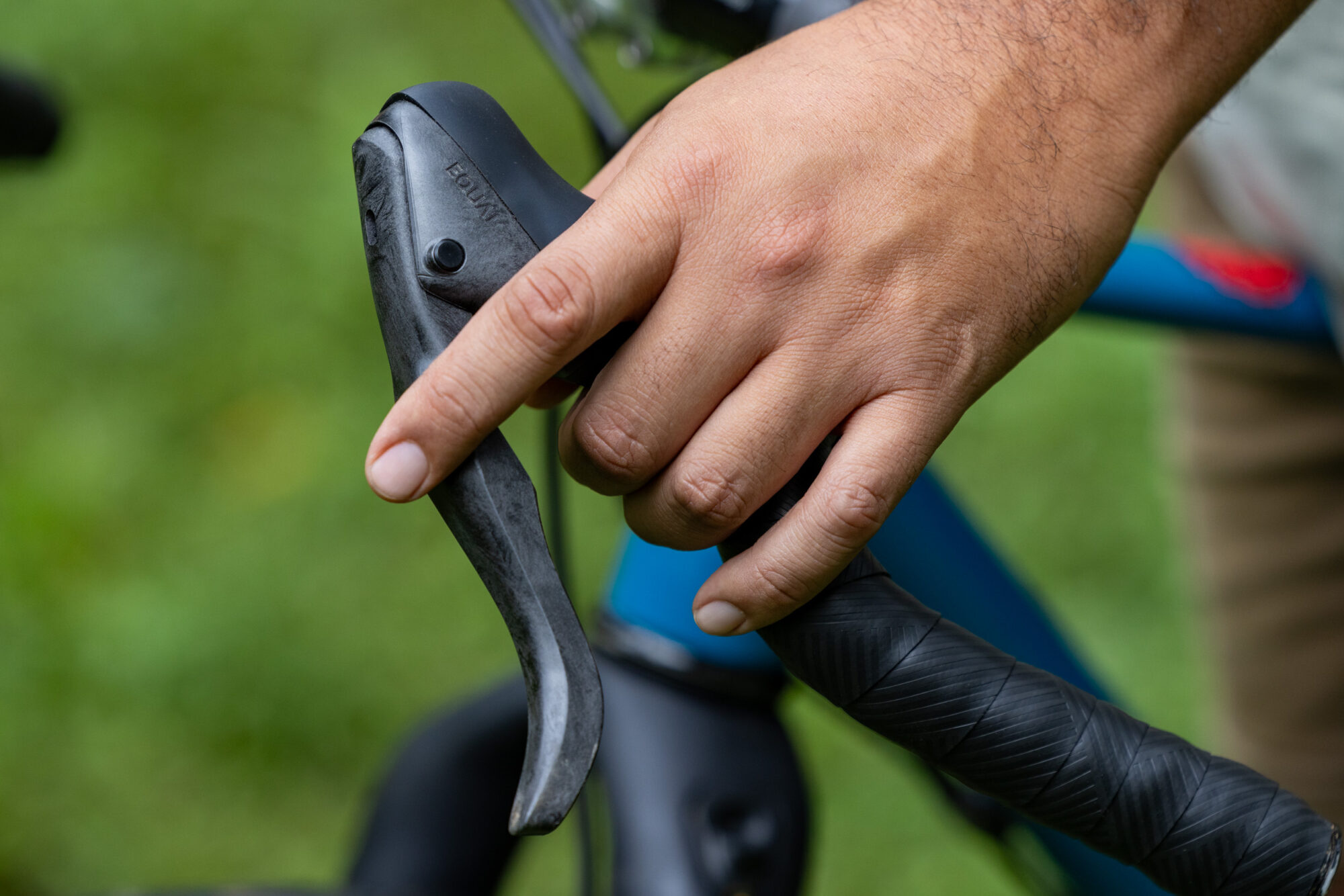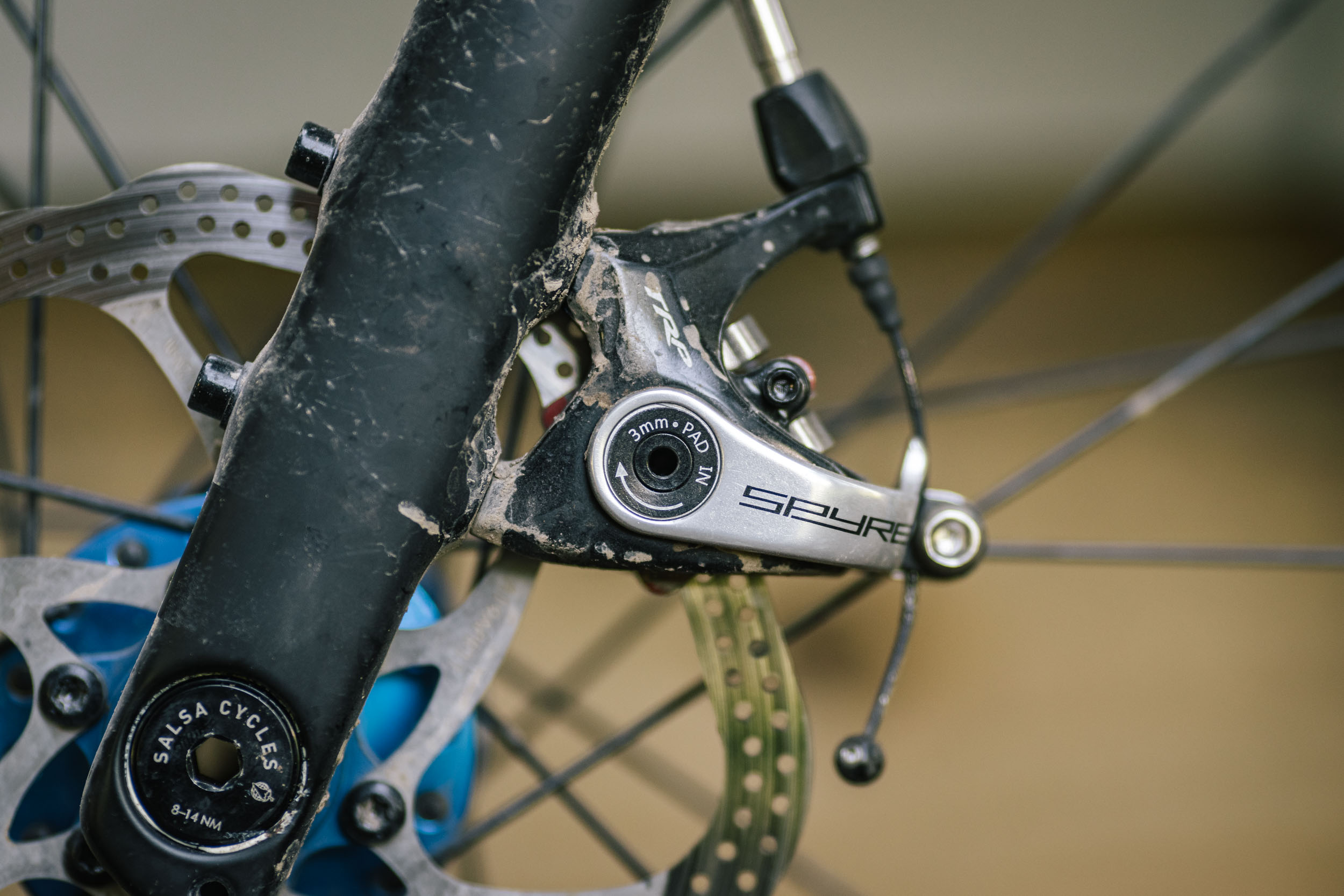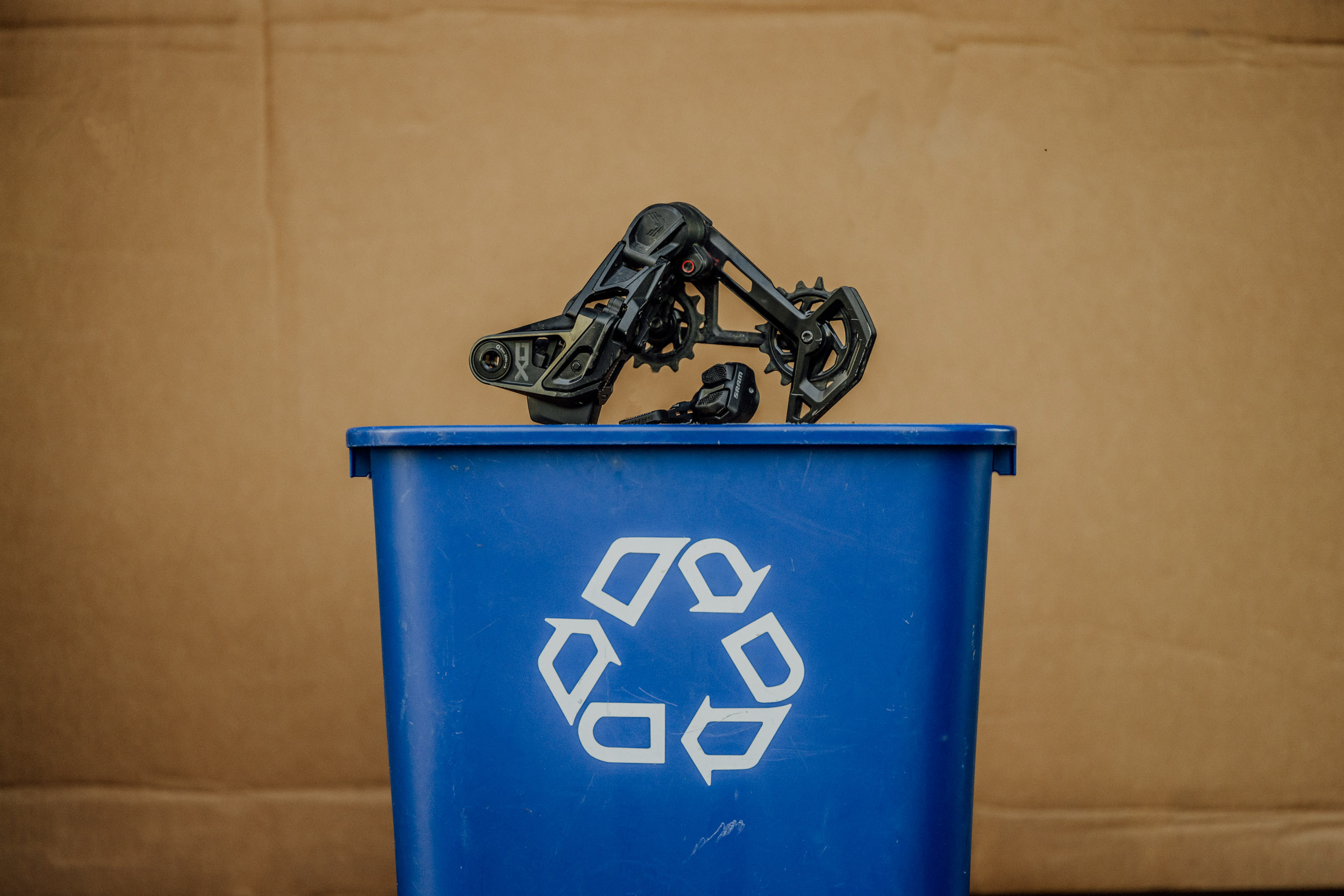Growtac Equal Control Levers Review: Skeleton Key
With a growing number of electronic options on the market in 2025, the release of the Growtac Equal Control levers, a set of adjustable friction brifters, appears squarely out of left field. Having logged well over 10,000 miles on friction shifters, Nic took a look at the Japanese manufacturer’s newest lever option to see whether this new take on old technology is worth shifting to…
PUBLISHED Sep 18, 2025
Additional photography from Logan Watts and Neil Beltchenko
In 2025, friction shifting seems like a novelty. In the minds of those who race or don’t care much for the alt-cycling space, there’s little understanding as to why one would ever stray away from the comforts of indexed shifting. In fact, for some of the cut-rate prices that electronic groupsets are going for, some might even question why you need a mechanically actuated shifting system at all.
Alas, it will come as no surprise to learn that I love friction shifting. It is the mode of mechanical actuation that I have spent the greatest amount of time with as a cyclist, and it served as an entry point for my interest in understanding the inner workings of the bike as a whole. Initially, my move toward friction was economical. I was dirt poor and grew tired of feeling locked into specific speeds, cassettes, chains, and the like. I was looking for a way to stretch my dollar, and by stretching my own cable, I discovered something that changed my cycling experience for the better. With a microSHIFT bar-end shifter, modern wide-range 11-speed rear derailleur, and pretty much any cassette I could find, I found solace and economy in the fact that I could shift whatever I wanted—as long as I was willing to actuate it myself.
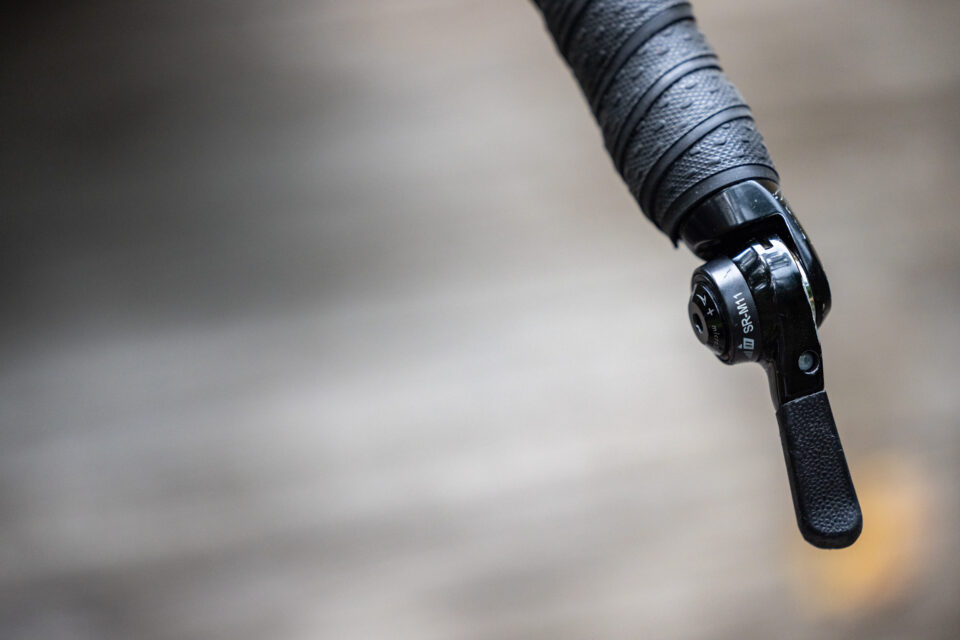
A few years on, and my love for friction shifting has only grown. Though it’s a little less than ideal for technical trail riding, it’s still my favorite way to shift. The sensation of locking into a gear through the bar-con has become second nature, and I feel a little less joy when riding review bikes with more typical groupsets—especially electronic ones. So, when Growtac announced that they’d be taking friction shifting to an STI format, I was more than intrigued. While every community has a demographic that prefers a more antiquated manner of doing things, indexed shifting is definitely the norm. So, I wondered what the purpose of introducing new technology to traditional methods would be. In the Growtac Equal Control levers, though, I found what is potentially the best of all worlds.
Form and Function
For folks who aren’t up to speed, mechanical shifters work through cable pull. One end is attached to the shifter, and the other end is connected to the derailleur. Most mechanical, indexed systems utilize a ratchet mechanism stored within the shifter’s body to engage different gears. When correctly set up and run with the appropriate cassette, chain, and rear mech, the shifter will pull the exact amount of cable needed to shift the chain from the middle of one gear to the middle of the next. Perfect shifting, every time. When a hanger is bent, limit screws and cable tension are off, or something obstructs the cable pull, the shifting can be compromised, and the chain may sit improperly on the cassette. Running a competitor’s cassette or chain with different shifting ramps, spacing, and minor specifics can also lead to slower, less precise shifting, which is why your mechanic has probably insisted on a specific chain, cassette, or chainring, even when a more affordable option is available.
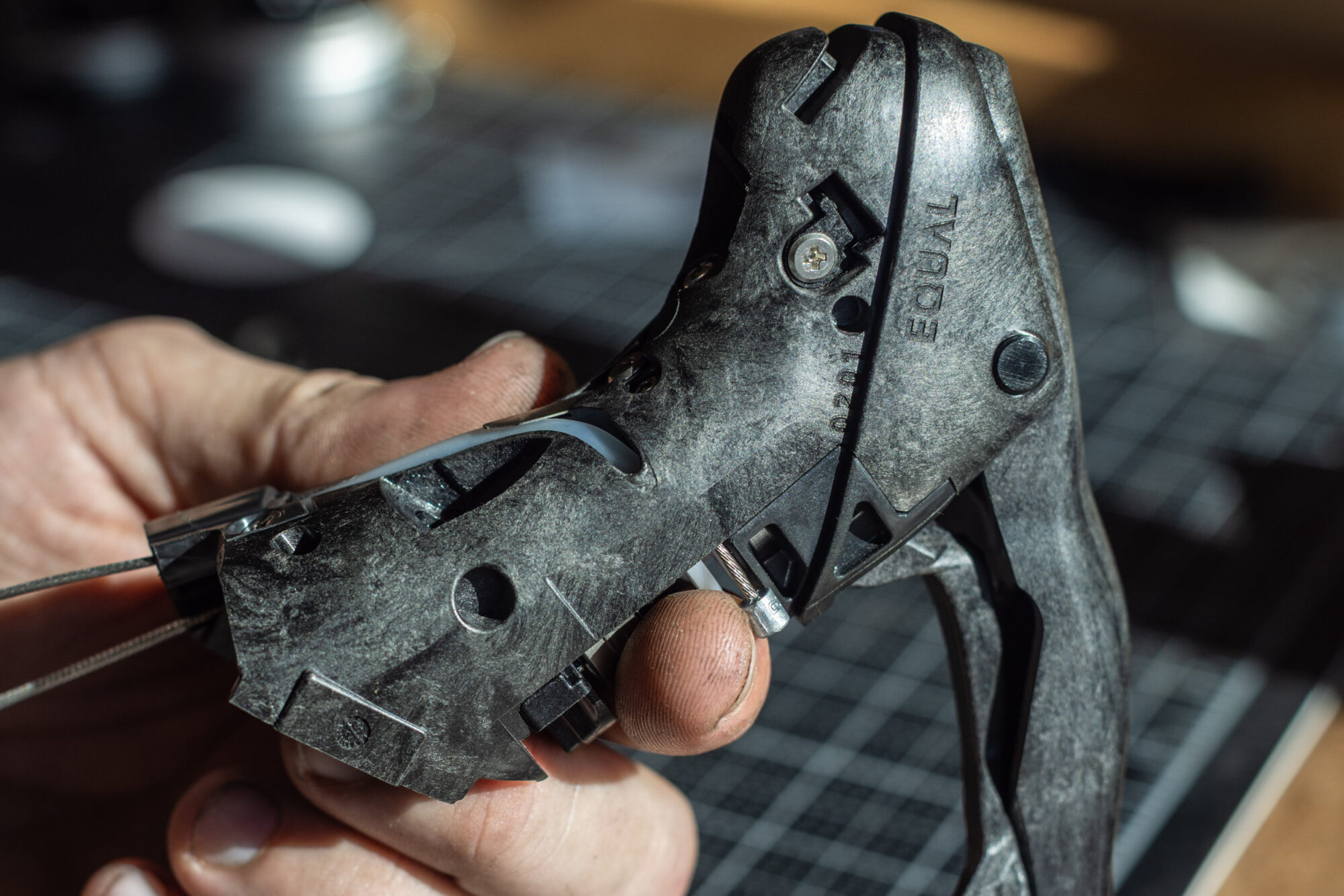
The beauty of the Growtac Equal Control levers is that they feature an adjustable internal barrel mechanism, allowing users to adjust the amount of pull available through each lever throw. Through an inner, Campagnolo-esque style shifter and a more traditional Shimano-like paddle shifter, the entirety of the cassette can be actuated in roughly three lever throws, with the granularity of shifting coming down to something that equates to a quarter shift or less. The amount of throw available on the inner shifter, which controls shifting towards smaller cogs, is surprisingly large and can allow users to change into a much harder gear quite quickly. The same is true when shifting up the cassette, but the lever throw is more demanding as the paddle and its full range of motion take up more space.
Made of a plastic material that doesn’t feel too far away from outdoor, weatherproof furniture, the Equal Control levers come with five barrels that range from compatibility with much smaller road cassettes to the mountain bike cassettes most affix to their gravel bikes today. For my testing period, I used the 10-speed microSHIFT Sword cassette, which offers a wide range of 11-48. While I’ve shifted a number of different cassettes with friction shifters, I’d never used a 10-speed option. I find that 11 and 12-speed offerings are actually much easier to shift because the spacing is tight between gears, and you never really find yourself between cogs. While it takes a bit of practice, detecting when you’re slightly out of gear is pretty easy, as it comes as both an auditory and physical clicking sensation from the rear derailleur that can be felt while riding. During my time shifting the 10-speed cassette, I found no issues and thought the more pronounced and dramatic spaces between gears provided a solid shifting experience.
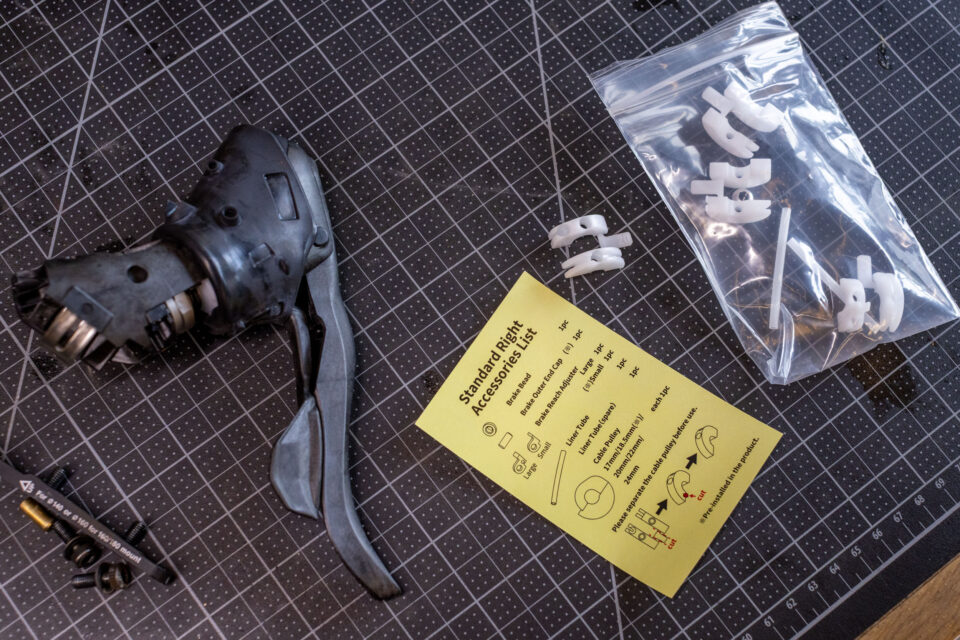
Setting up the Growtac Equal Control Levers isn’t very difficult, though it’s slightly more involved than your average bar-end. Aside from the typical routing decisions, the major choice users face is in their selection of a barrel. I opted for the second-largest barrel from the supplied options, as the 11-48 cassette isn’t a full mountain bike range, but it’s a little larger than run-of-the-mill gravel groups. What I experienced was more than enough pull to actuate the cassette without any issue. A small Phillips head screw holds the plate underneath the body of the shifter, where two parts of a whole circular area fill in around the mechanism responsible for the cable pull. Once the cable is routed and secured through the grooves in the barrel, the cap is replaced, and the setup is almost the same as any other shifter from that point on. In hand, the shifters feel good, as the rubberized hood is comfortable and consistent with other options on the market. That said, the lack of weight because of the plastic-like material the shifter is made from does leave the entirety of the lever body feeling a little cheap.
Friction Features
However, to back up for a second, some of you may be wondering what the point of an STI friction shifter even is. While friction shifting has largely been actuated by either downtube shifters or bar-cons, the benefits of bringing friction shifting to the STI format are largely the same ones that apply to indexed shifting. Even for those of us with plenty of experience with bar-con actuated friction shifters, it’s a less-than-ideal place to have to reach back toward on technical terrain. Keeping the shifting and braking within the same space allows for a greater, more efficient shifting experience. Though I doubted the Control lever’s ability to appropriately actuate across the cassette with the paddle system, I found that the Growtac Equal Control levers and the amount of throw contained with each actuation made a lot of sense for shifting at the hoods of STI-style shifters. As stated, you’re able to shift a majority of the cassette with one push or pull of the levers. Having such a wide range of gears available within a single lever throw also allows users to achieve the granularity that makes it feel like the entire cassette is well within reach at any given moment.
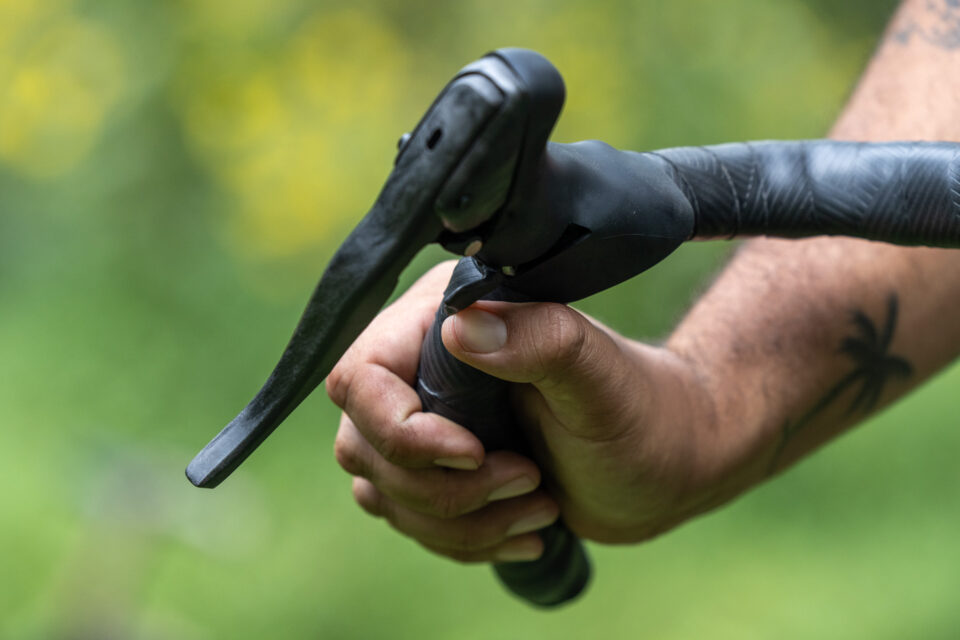
Alas, what impresses me most about the Control levers is their ability to offer even greater means of hacking our presented cycling economy. Part of what makes the 11 and 12-speed microSHIFT bar-cons so great is their cost-to-compatibility ratio. For roughly $50, you can buy a tool that has the capacity to shift almost any available cassette. Paired with the right derailleur and chain, it offers users the opportunity to spec any component they desire, regardless of budget or accessibility. On the other hand, the issues with the modern bar-con are its placement, granularity of shifting within certain speeds, and lesser performance when used with smaller cassettes. It’s not great for when the going gets technical, and certain 11-speed cassettes seem to suffer in the middle of the bar-con’s range as the angle gets tighter. The granularity seems to be more difficult to fine-tune, and, while it works great with larger, wide-range cassettes, the bar-cons feel odd when shifting something with less than, say, 42 teeth at its maximum cog, and adjustment is arguably non-existent, as it’s a one-size-fits-all product.
The benefit of the Growtac Equal Control levers is the modularity of the supplied barrel sizes. Able to optimize from smaller road cassettes to modern mountain bike ones, it’s a skeleton key for consumable drivetrain components. No more hacks and bodges to get Shimano GRX to run a few more teeth or wondering if your SRAM cassette will shift terribly with a KMC chain. You can run pretty much any cassette with any derailleur and trim it out as needed, provided you’re running the appropriate barrel size. For my testing period, I used the second-largest supplied barrel size (22mm diameter), which had more than enough pull to actuate the 11-48T cassette I ran.
Shifting Friction
As far as how the Growtac Equal Control levers fit within the market of existing aftermarket shifters, it depends on who you ask. For die-hard friction fans like myself, this is a godsend. It’s a well-made, well-thought-out shifter that brings all the benefits of friction shifting into an easy-to-set-up STI-formatted package. Changing out barrel sizing is pretty self-explanatory, and while the setup is undoubtedly more complex than your average mechanical indexed shifter, let alone the ease of a bar-con or downtube shifter, what these shifters allow for is an unrivaled sense of compatibility across a market that seems more concerned with creating self-contained component ecosystems than anything else. That said, I can’t imagine I’ll be seeing too many of these out in the wild.
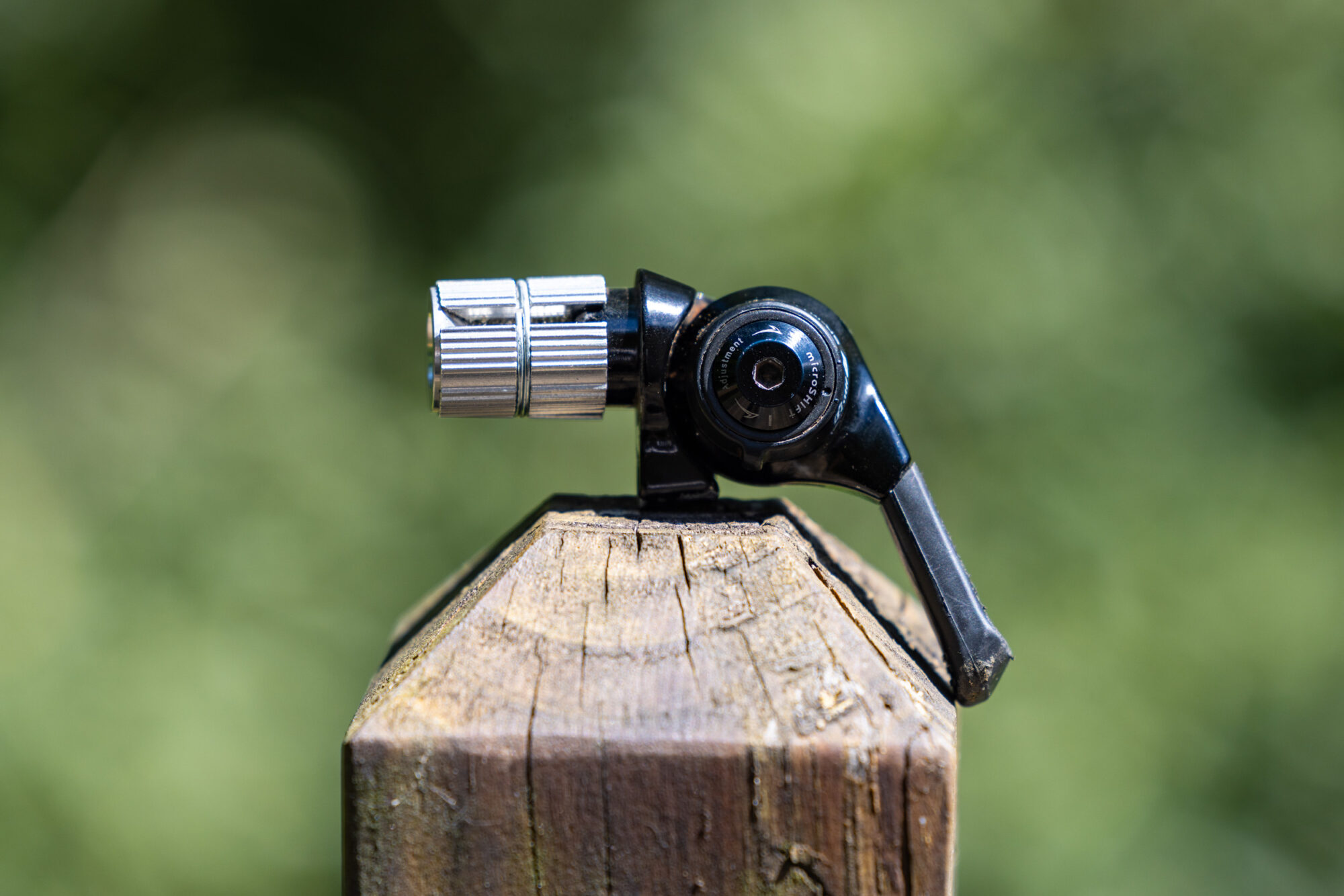
For one, most people take up friction shifting for the same reason I did—frugality. Spending $200 + on a set of STI shifters just doesn’t make sense when bargain hunters can likely assemble an entire friction-actuated groupset for the same or less. The brifter with shifting internals is $212 alone, and that’s without the matching brake lever, which is an additional $125. Two-by users will be paying a much heftier fee at over $400 for their shifters. I struggle to ding Growtac for the price because this is a component that is quite literally the only one of its kind, but as far as cost goes, it’s hard to look past that price. That being said, SRAM and Shimano’s brifters aren’t much cheaper and do far less, but that introduces what will likely turn most users off—brake standards.
Chances are, if you like friction shifting, you’ll also be inclined toward mechanical brakes. In my eyes, there is no better option than Growtac’s own Equal calipers, but even the most reserved riders tend to opt for cheap, hydraulic calipers these days. If I can put on my tinfoil hat for a second, this hydraulically formed closed loop that locks riders into a brand-specific ecosystem is arguably why the big component manufacturers have almost standardized hydraulic braking across their groupset tiers. So, options like the Growtac brifters or anything else necessitate a growing cost, and thus make leaving their component economy all the more difficult.
From a bikepacking perspective, these may be less than ideal because of the sheer amount of lever throw required to experience full functionality. Because shifting down the cassette can only be done on the inner side of the lever, bikepackers who enjoy large, bar-mounted bags that sit between the shifters may find it difficult to use. Sure, wider bars can be a solution if users keep the bag small, but it’s still much more involved than your typical SRAM or Shimano mechanical shifters that place their actuating buttons and paddles on the outside of the lever body. If anything, my experience on the Control Levers reminded me that nothing will ever get in the way of my trusty bar-end shifter. There’s also the question of its rarity. Growtac is still a small, foreign brand, and a friction brifter isn’t something that a bike shop is going to be able to order replacement parts for if a wreck manages to ruin one of these rather expensive levers during a long and remote bikepacking trip.
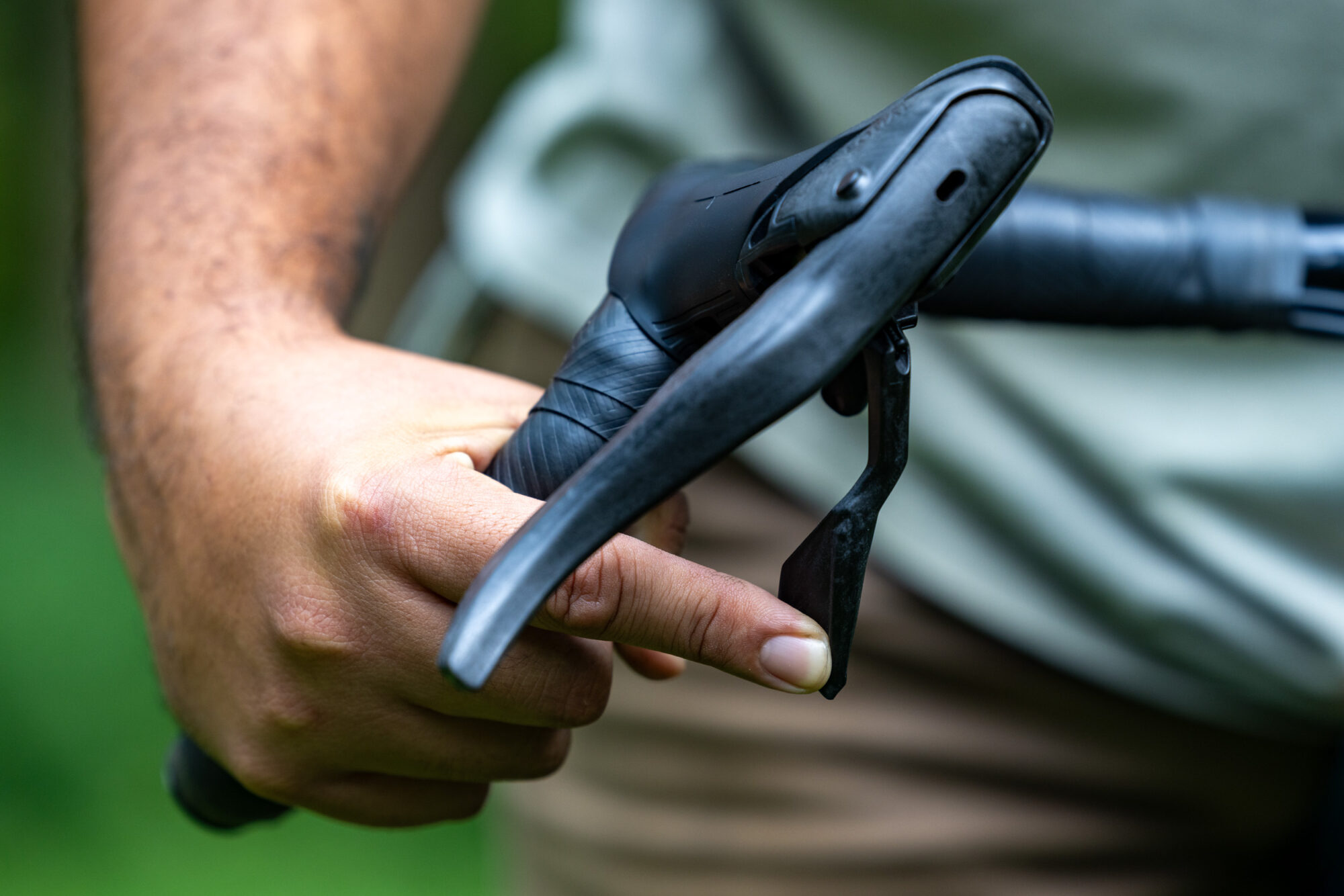
Lastly, there is the reality that some—perhaps even most—people dislike friction shifting. They don’t want the guesswork and learned skill required to actuate one’s own gears and would rather have the most straightforward and uncomplicated experience possible. The benefits of running a wider variety of drivetrain components in any configuration aren’t alluring enough to tempt them away from a thoughtless, curated experience provided by simply buying and spec’ing a complete groupset. I have my own thoughts about this, but we’ll leave that for a future opinion piece.
- Model Tested: Growtac Equal Control Levers, 1x
- Actual Weight: Shifter: 206 grams / Brake lever: 136 grams
- Place of Manufacture: Japan
- Price: $212 (shift lever) / $125 (brake lever) at Velo Orange
- Manufacturer’s Details: Growtac
Pros
- Allows users to run any drivetrain they like.
- Friction shifting at the hoods is easy and intuitive.
- Inner shifter provides a wide range of motion and is satisfying to actuate.
- Fully mechanical!
- Hoods are nice and long but not overly large.
Cons
- Levers feel plastic-y.
- Expensive for brifters.
- Some may not appreciate friction shifting.
- Difficult to use with large, bar-mounted bags.
- A lack of hydraulic compatibility will be a dealbreaker for some.
Wrap Up
The Growtac Equal Control levers feel impossible. Combining the comfort and convenience of STI-formatted shifting with the feel-good compatibility of friction is a dream for those looking to escape the limitations of today’s component economies. Although the lever feel is a little less than ideal with no return spring and the added reach at the hoods may throw off some fits, it’s hard to see how Growtac could’ve made a better product from a design perspective. However, with limited concessions to modern comforts like hydraulic brakes, a setup process that can’t be completed through a phone application, and a relatively high price, these may yet remain a niche product for a niche audience.
Further Reading
Make sure to dig into these related articles for more info...
Please keep the conversation civil, constructive, and inclusive, or your comment will be removed.







